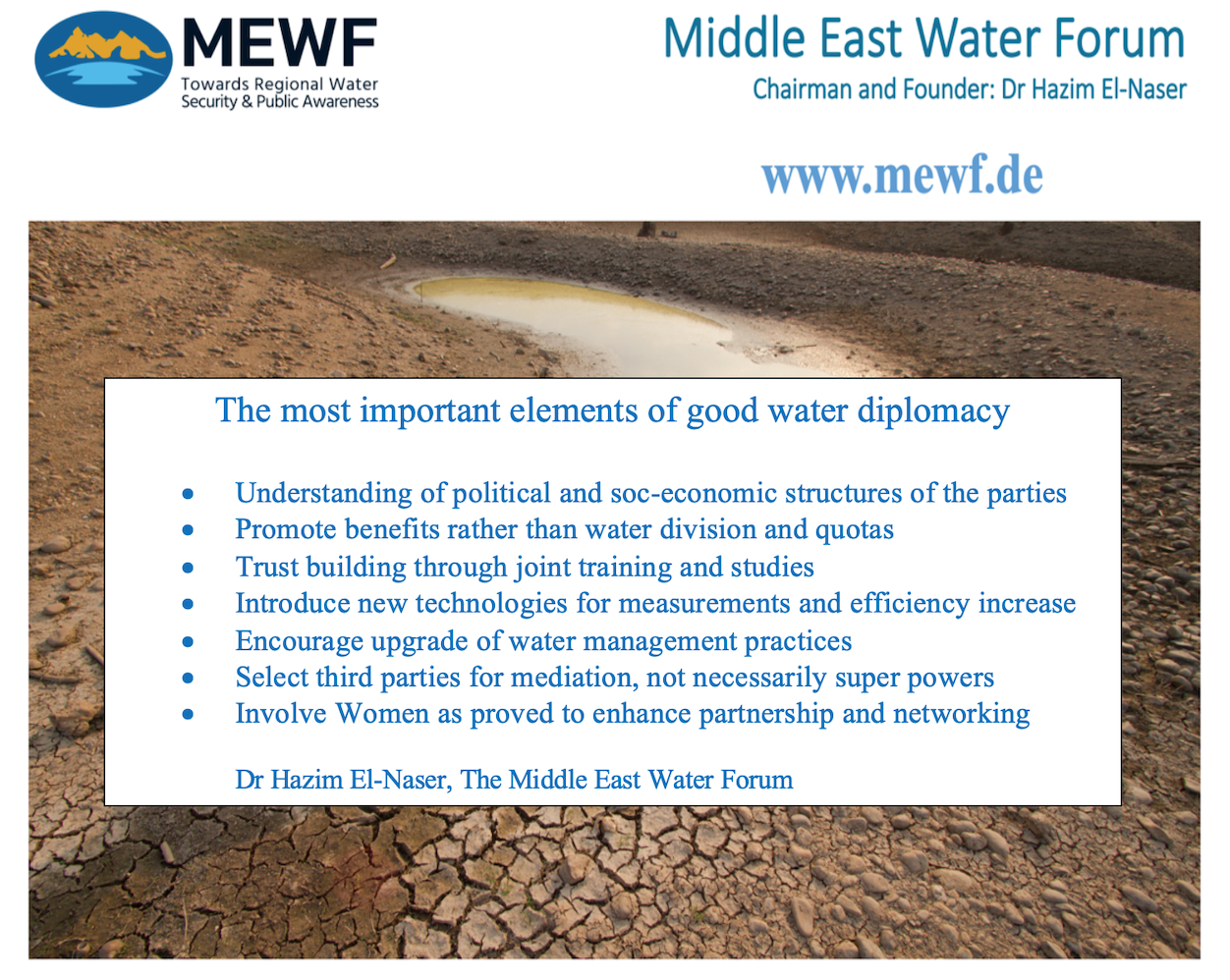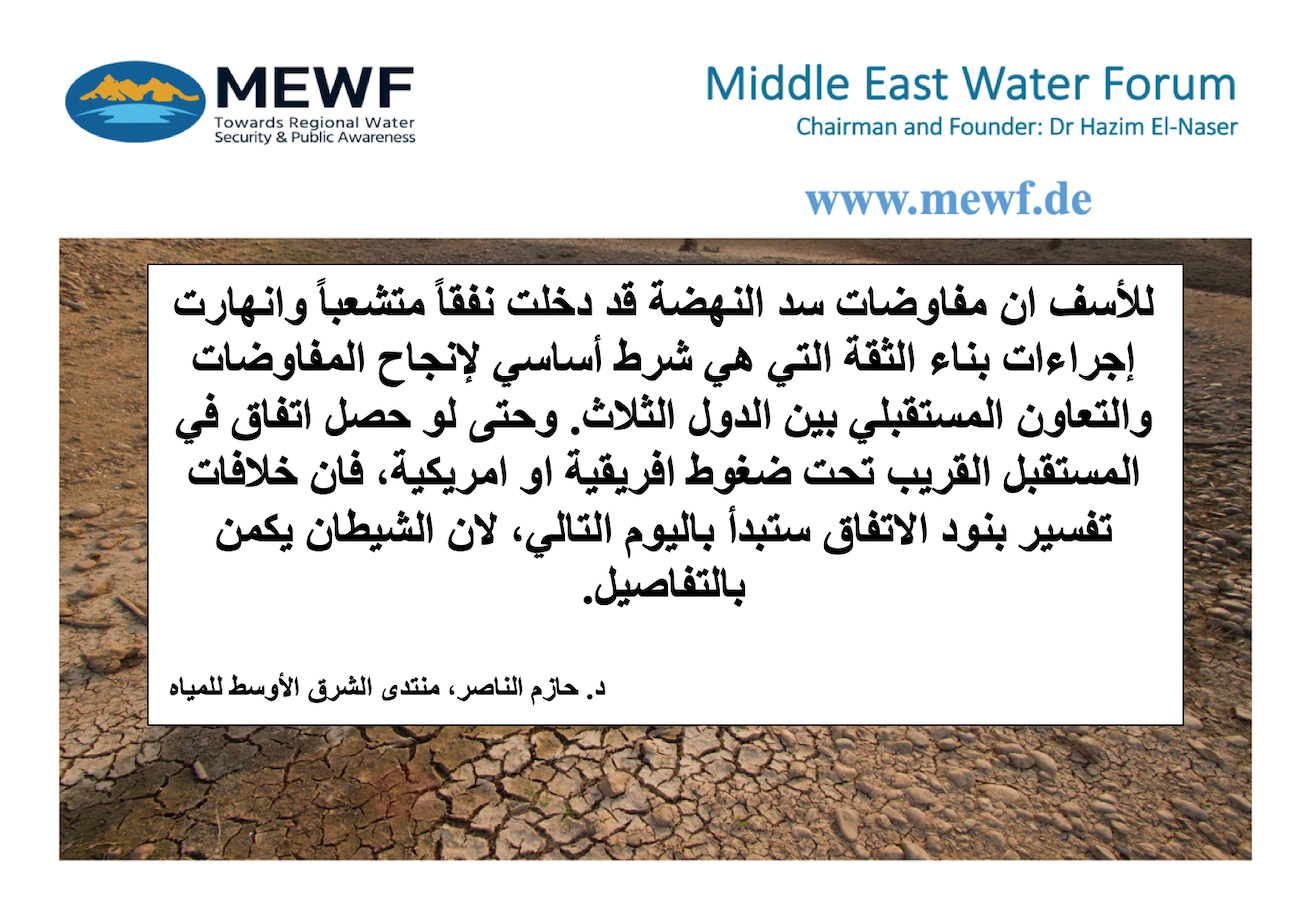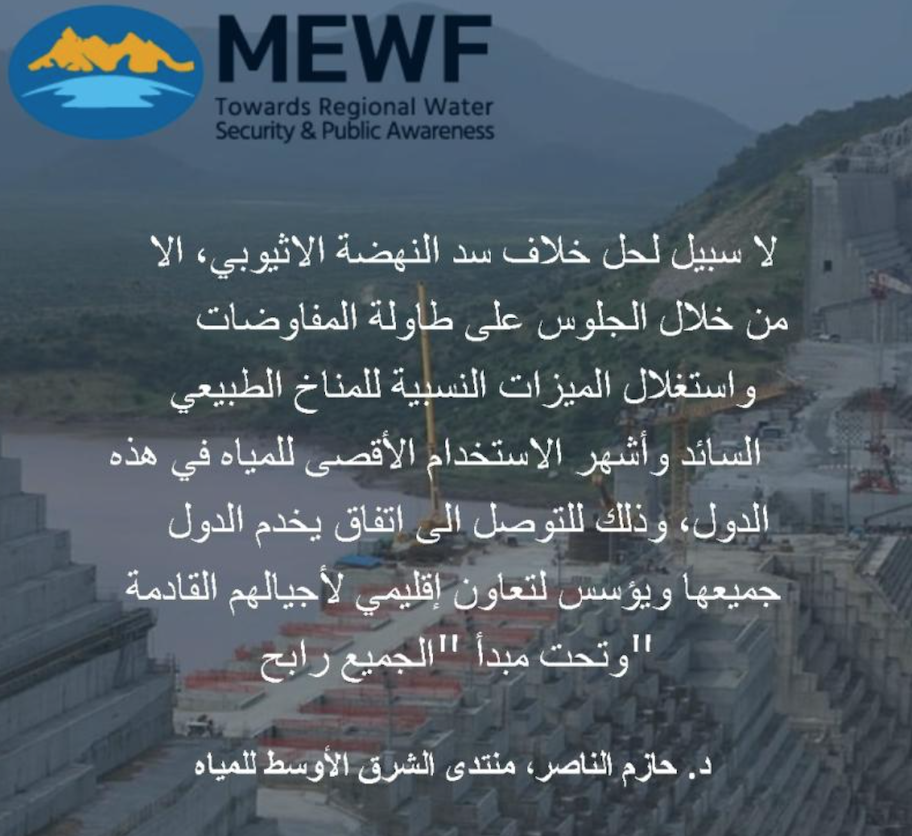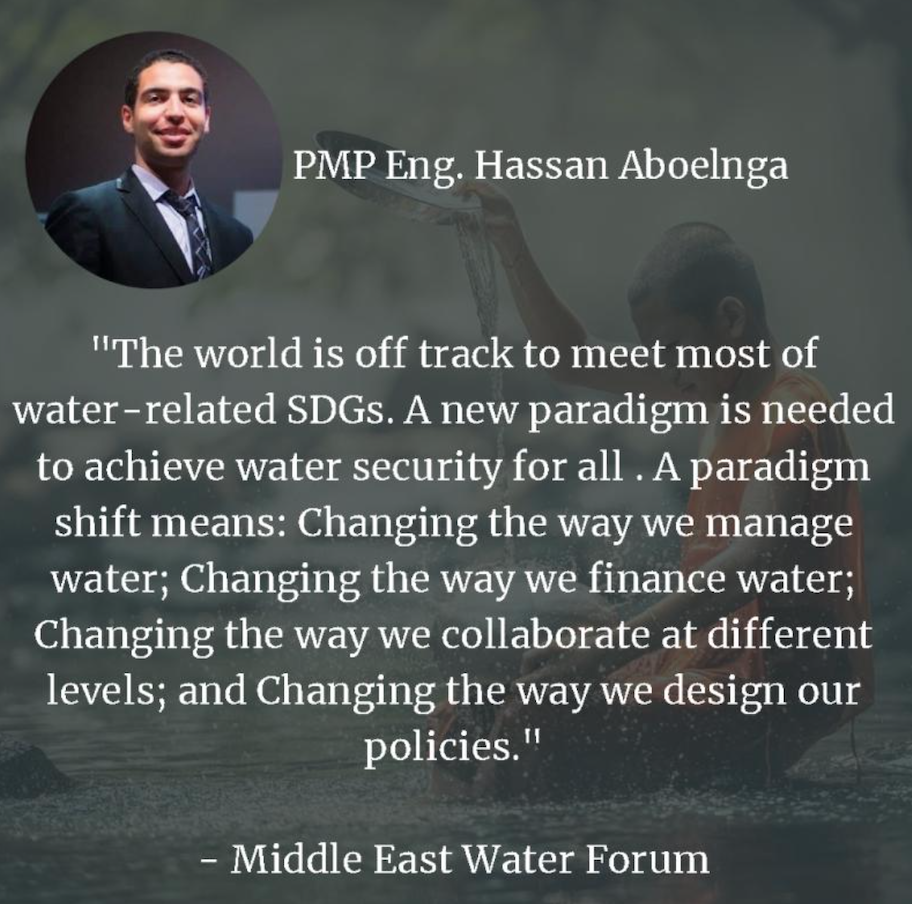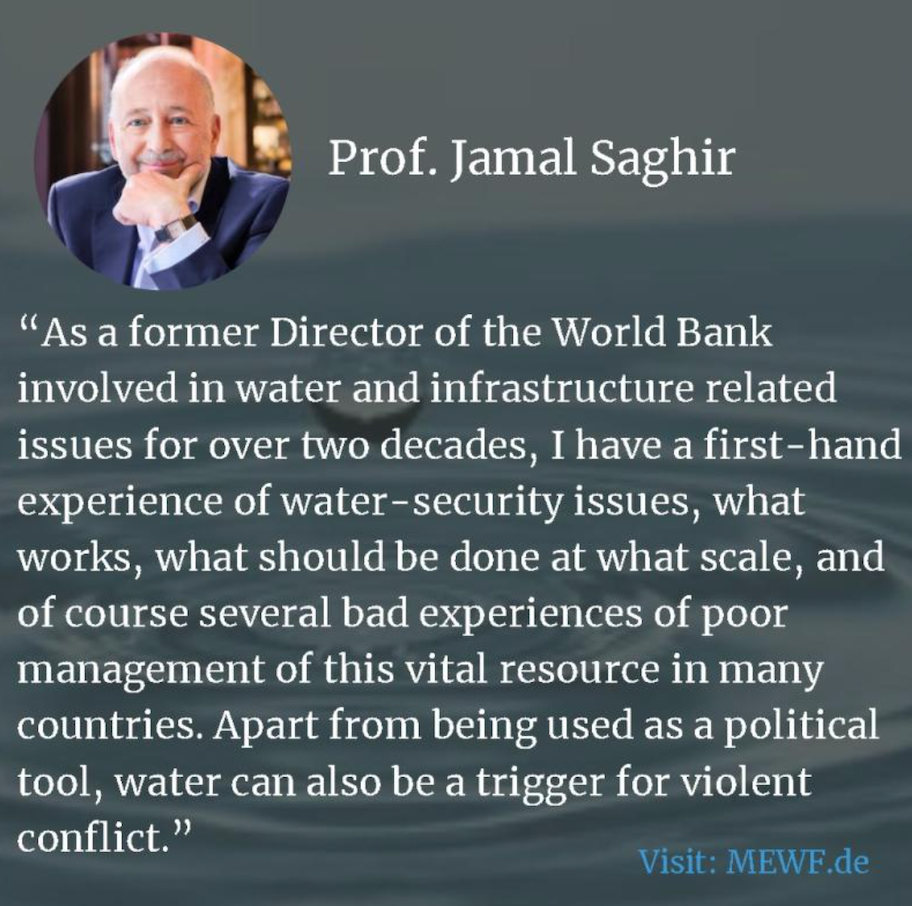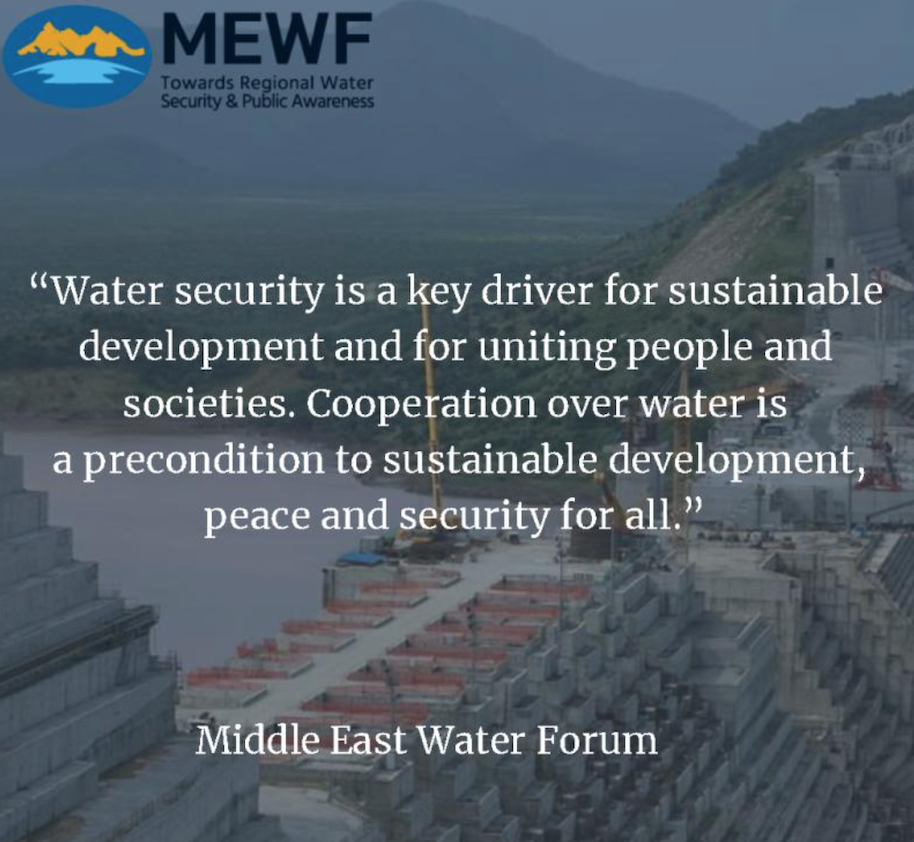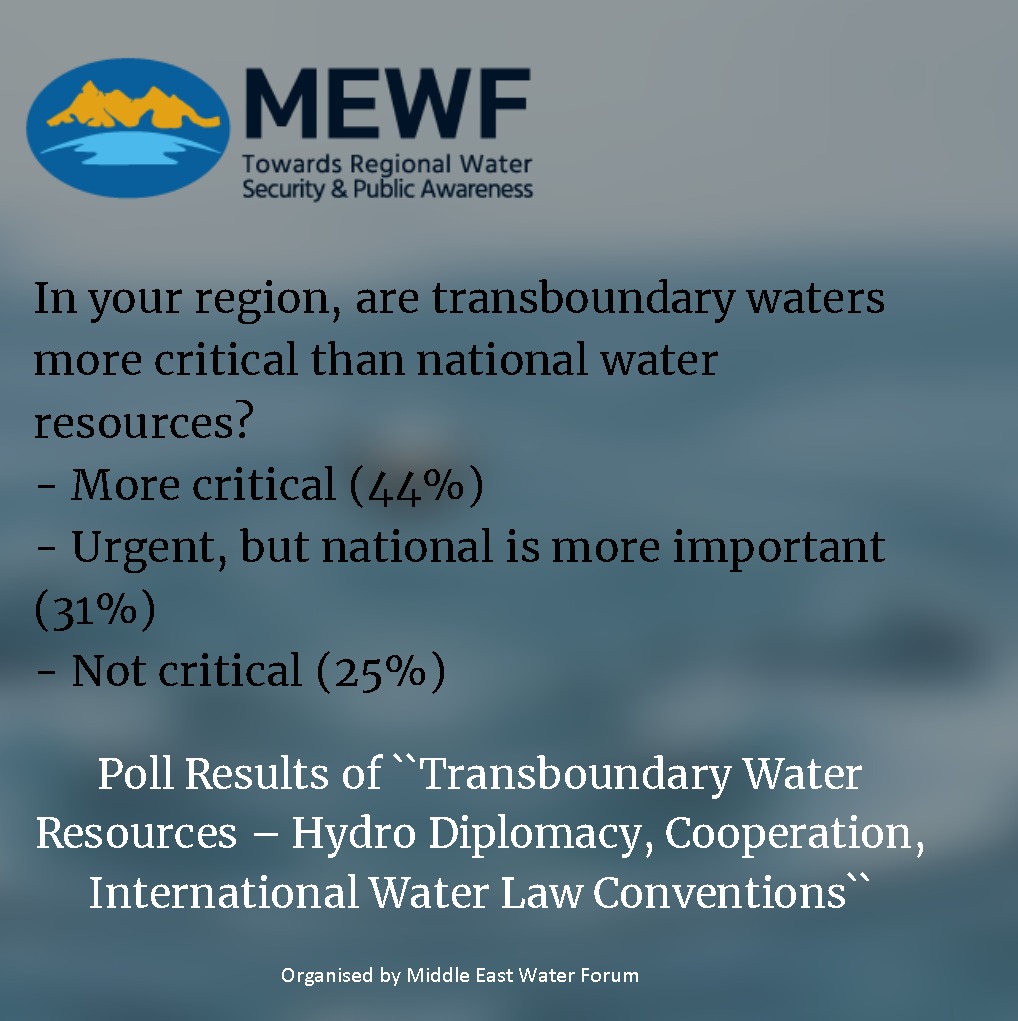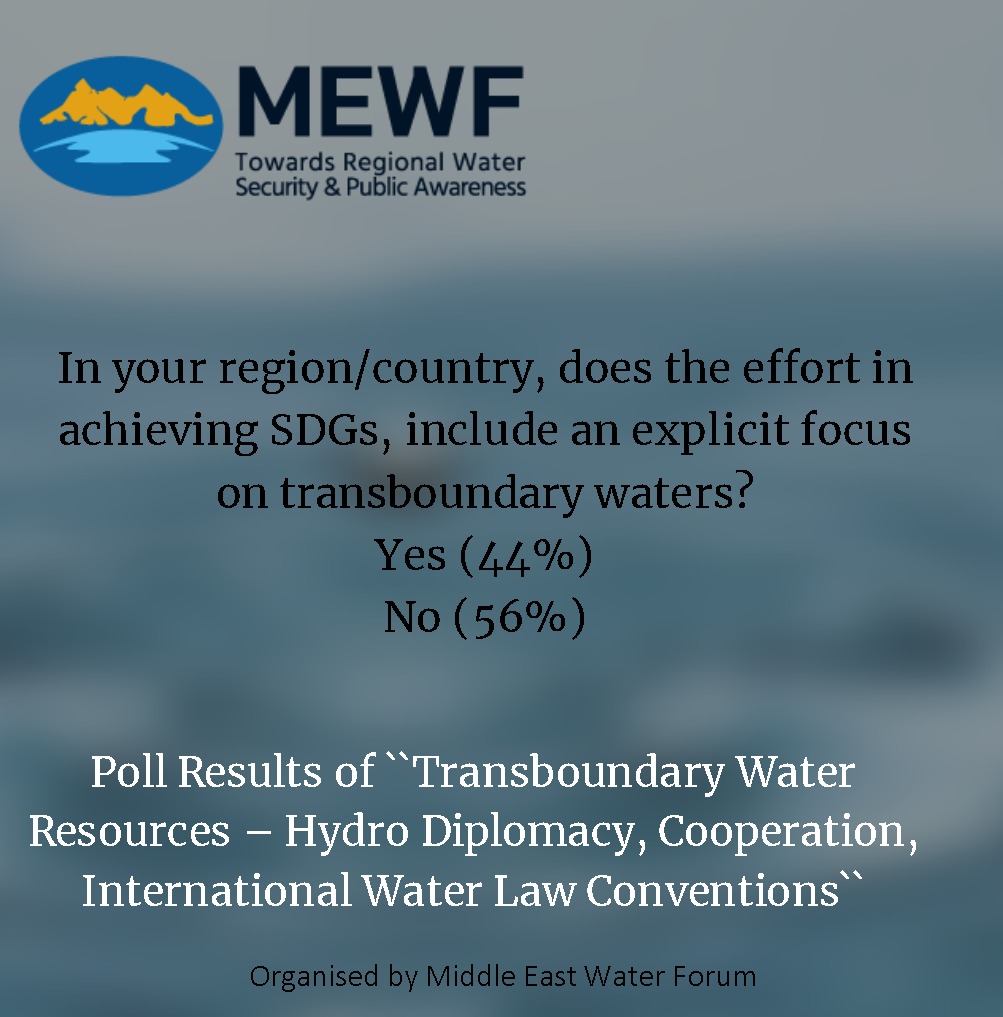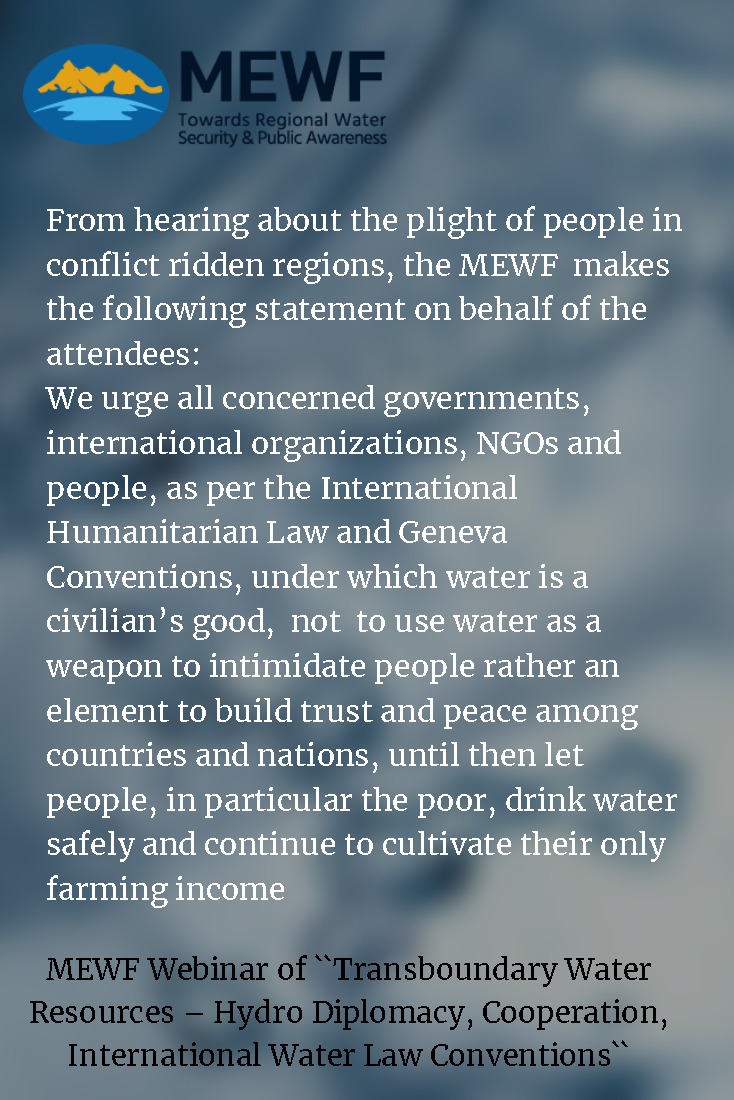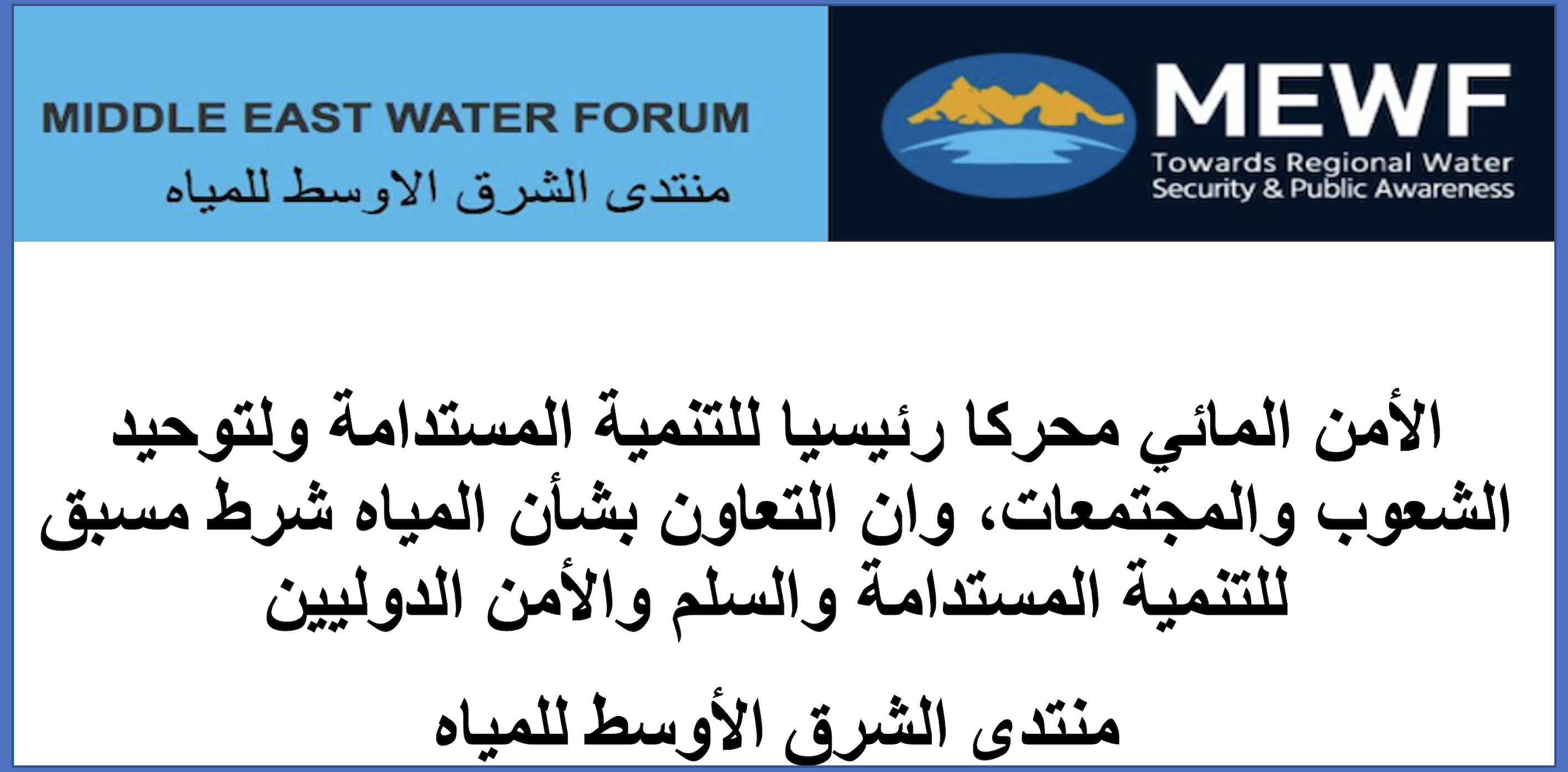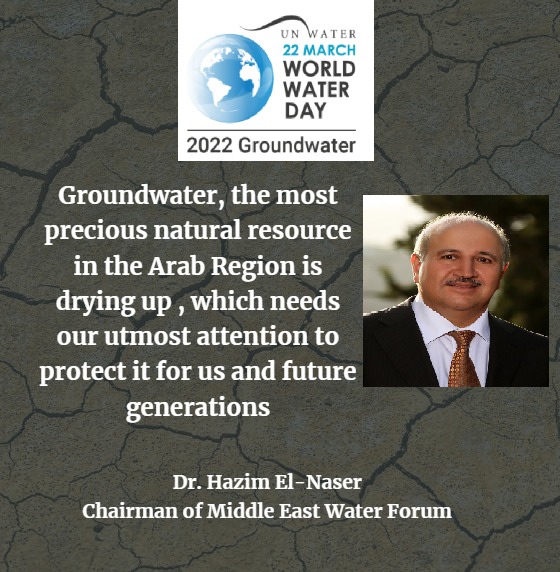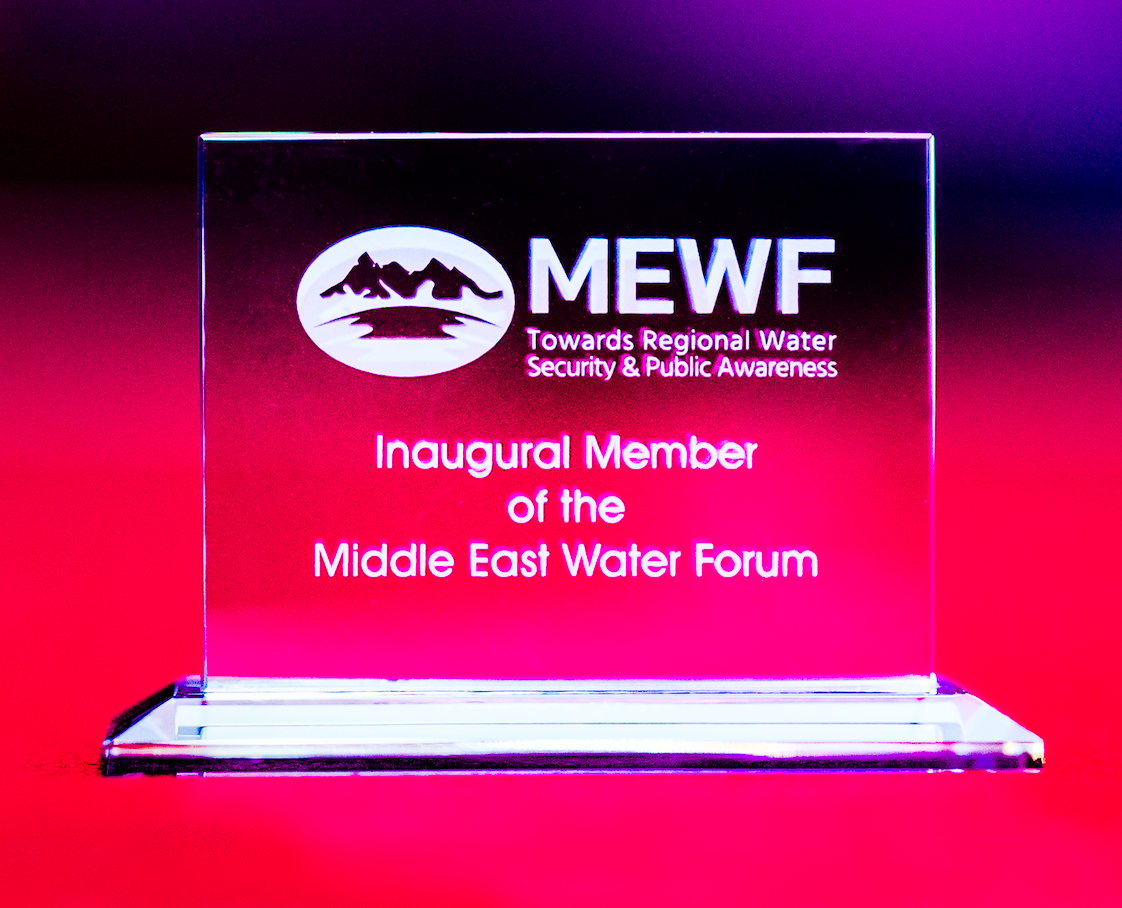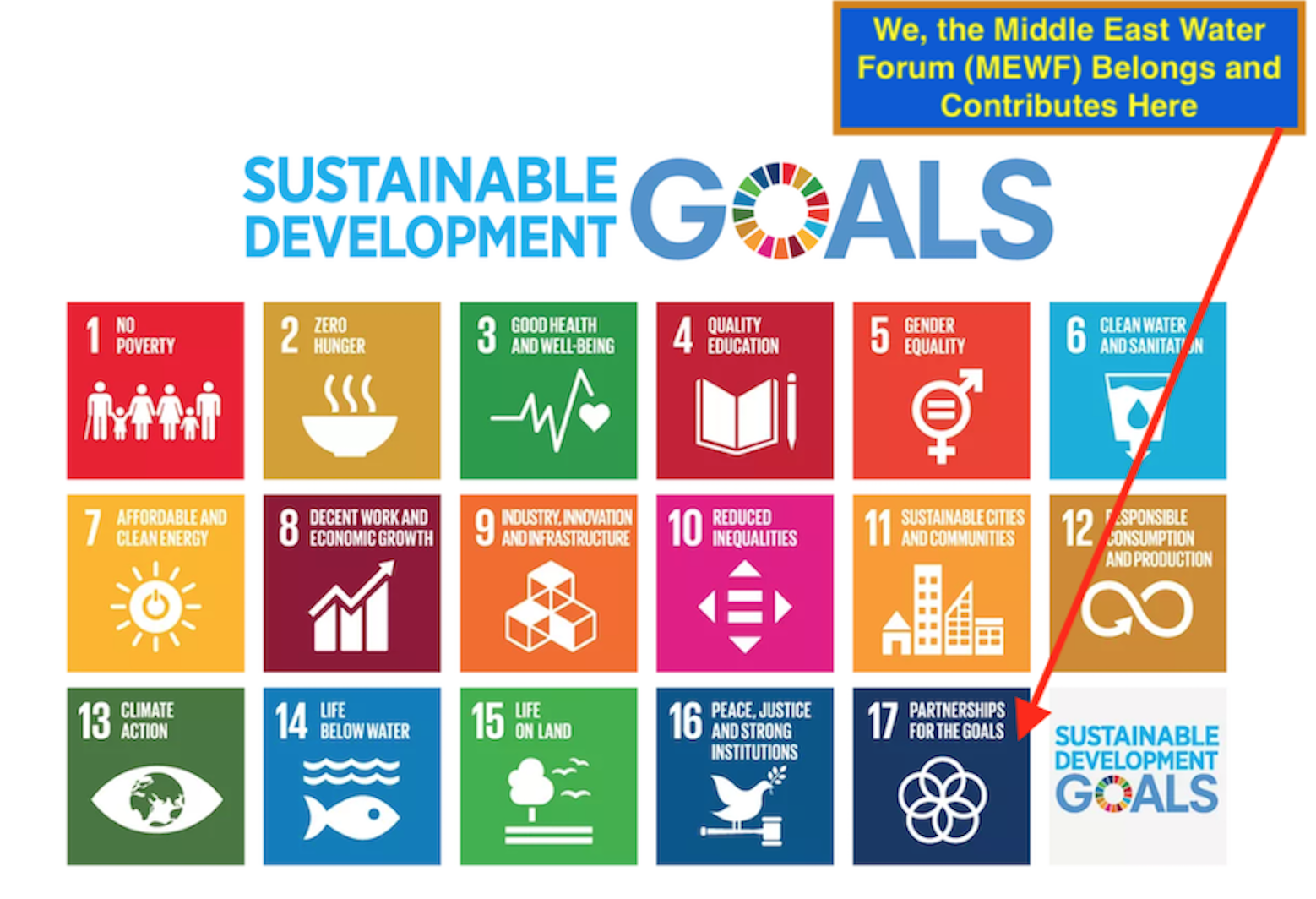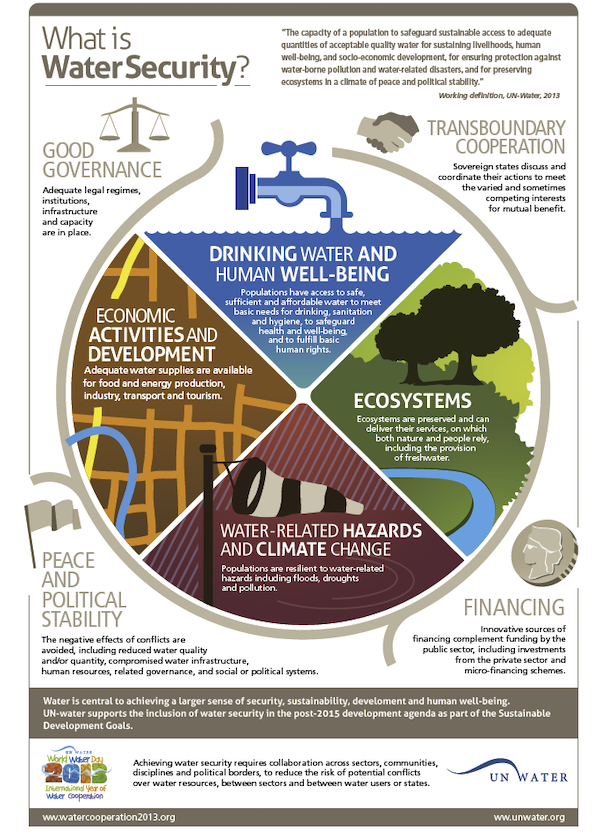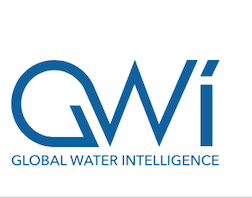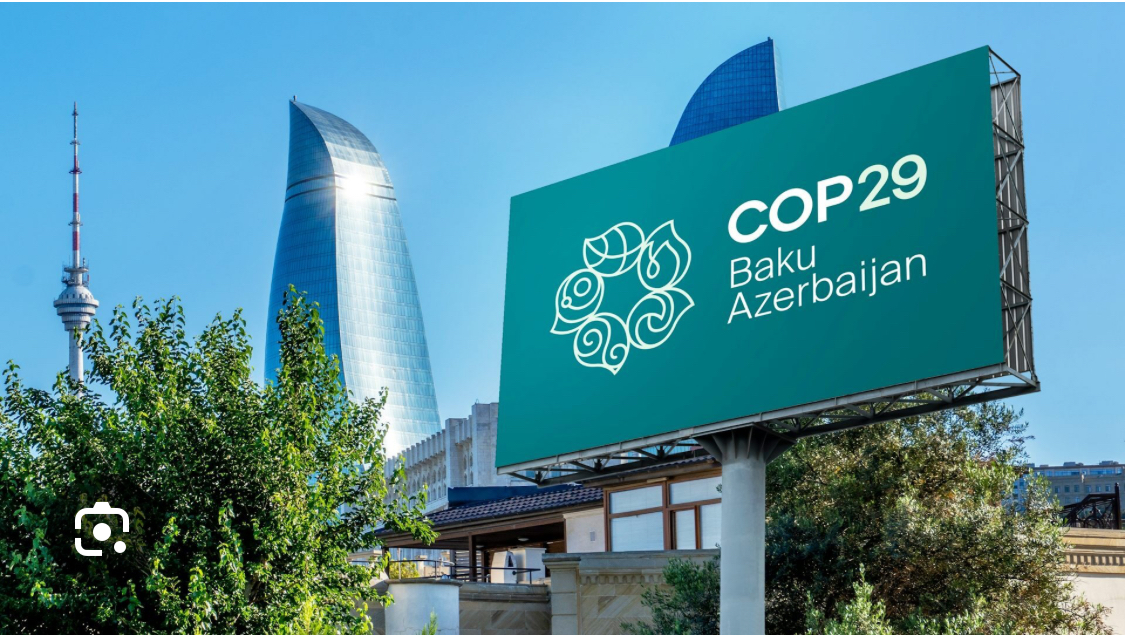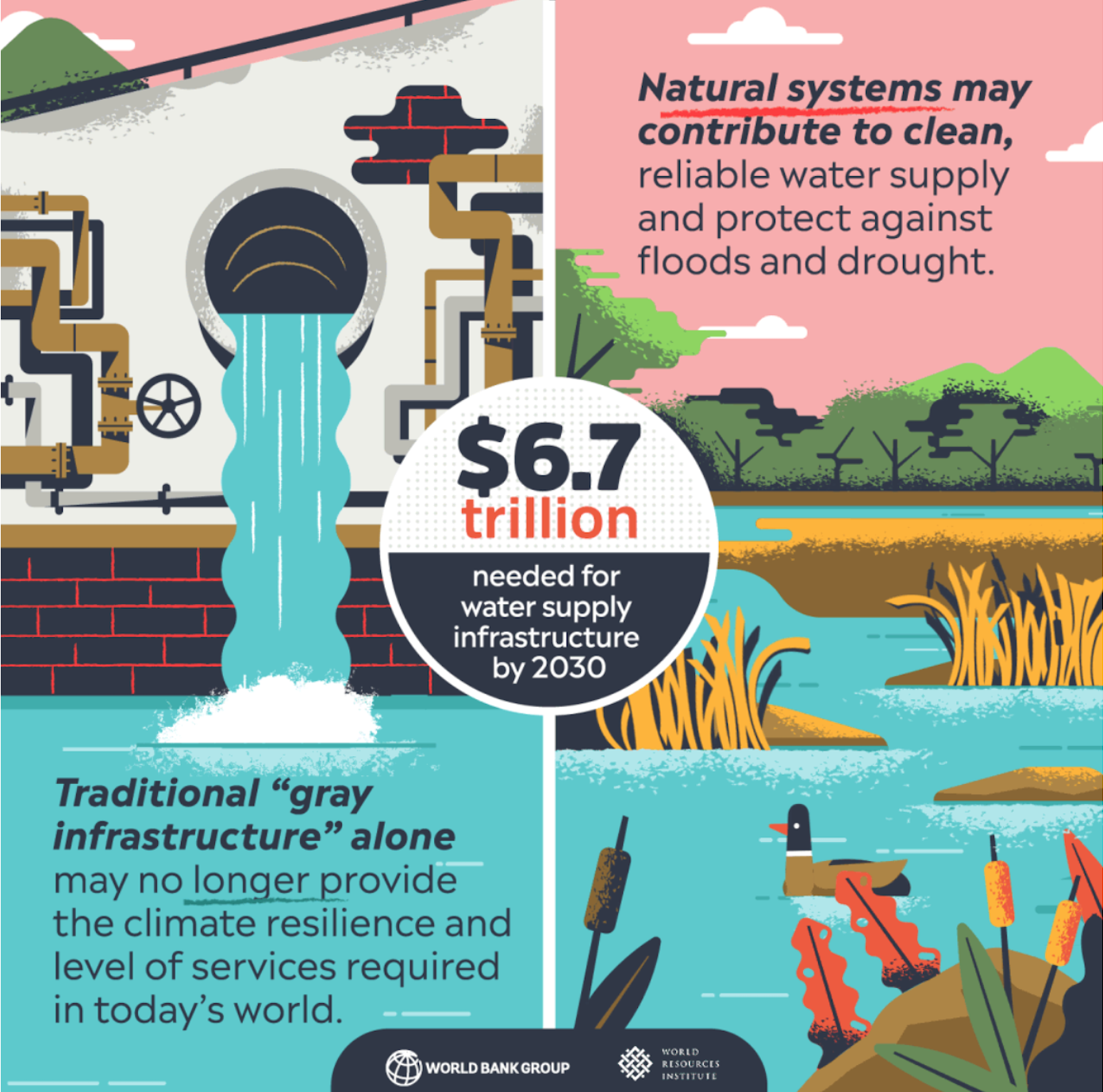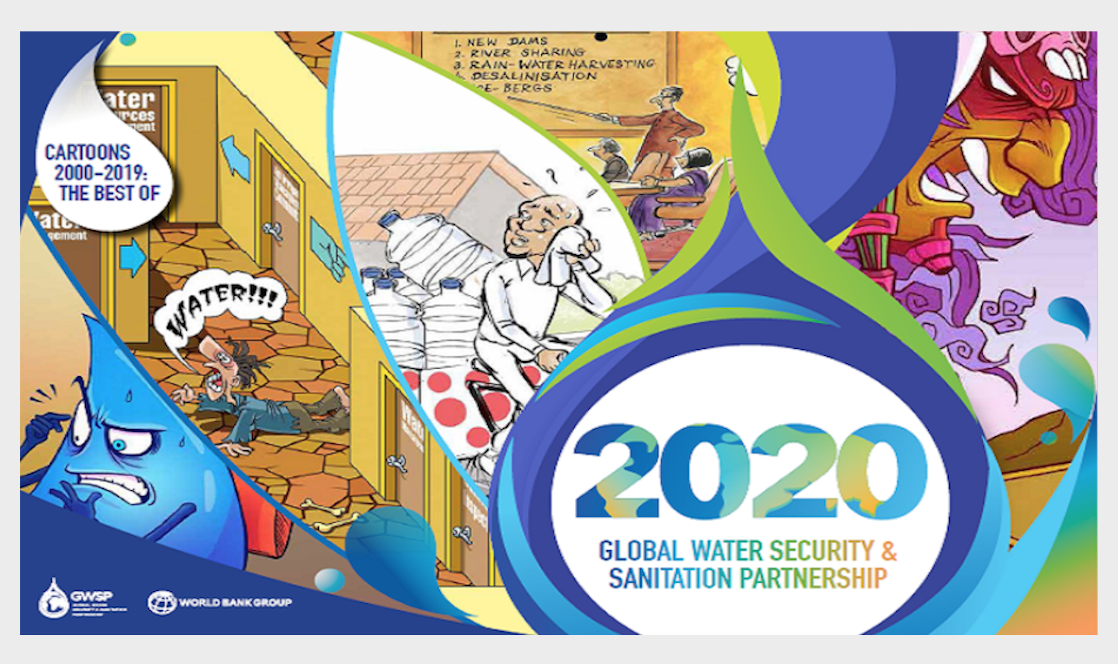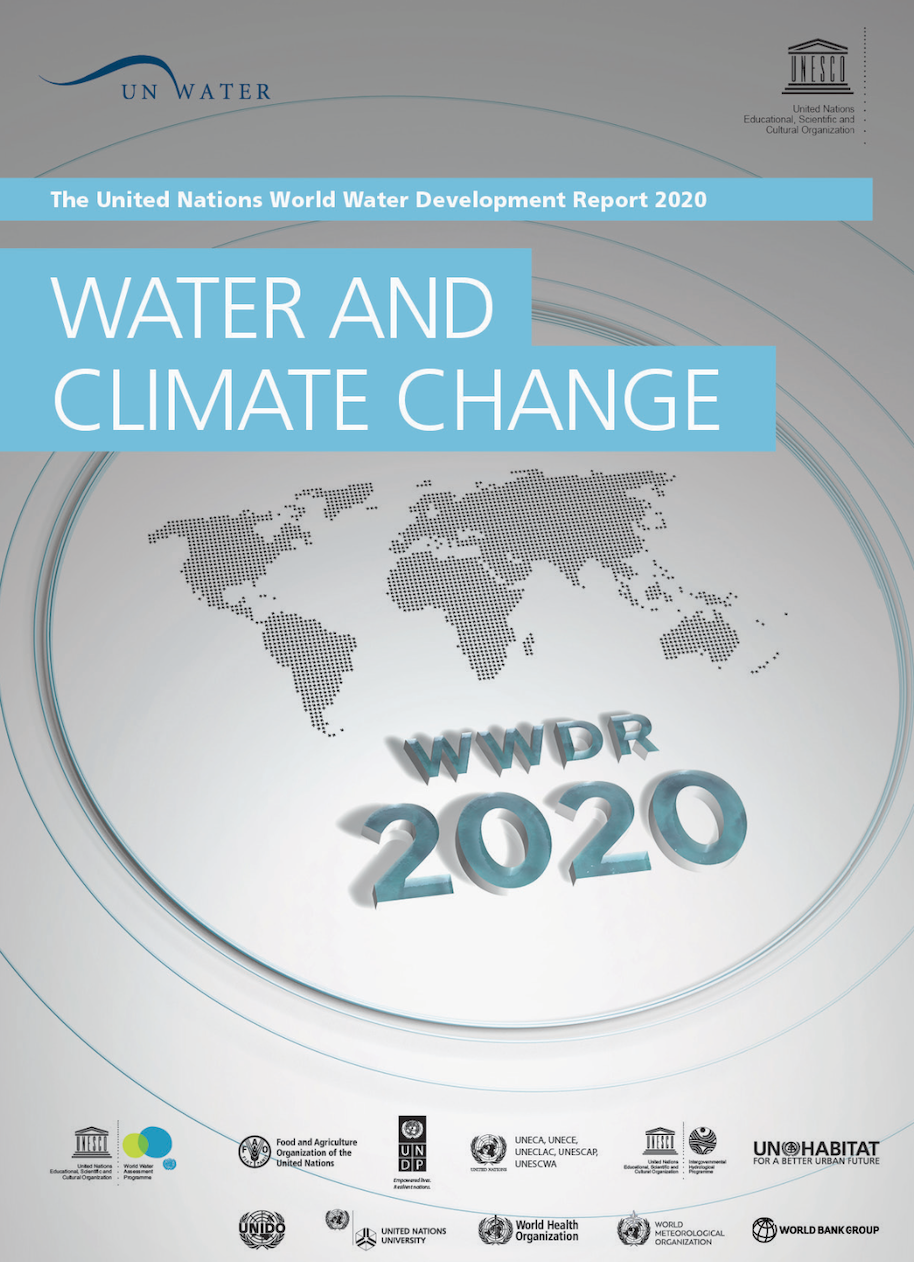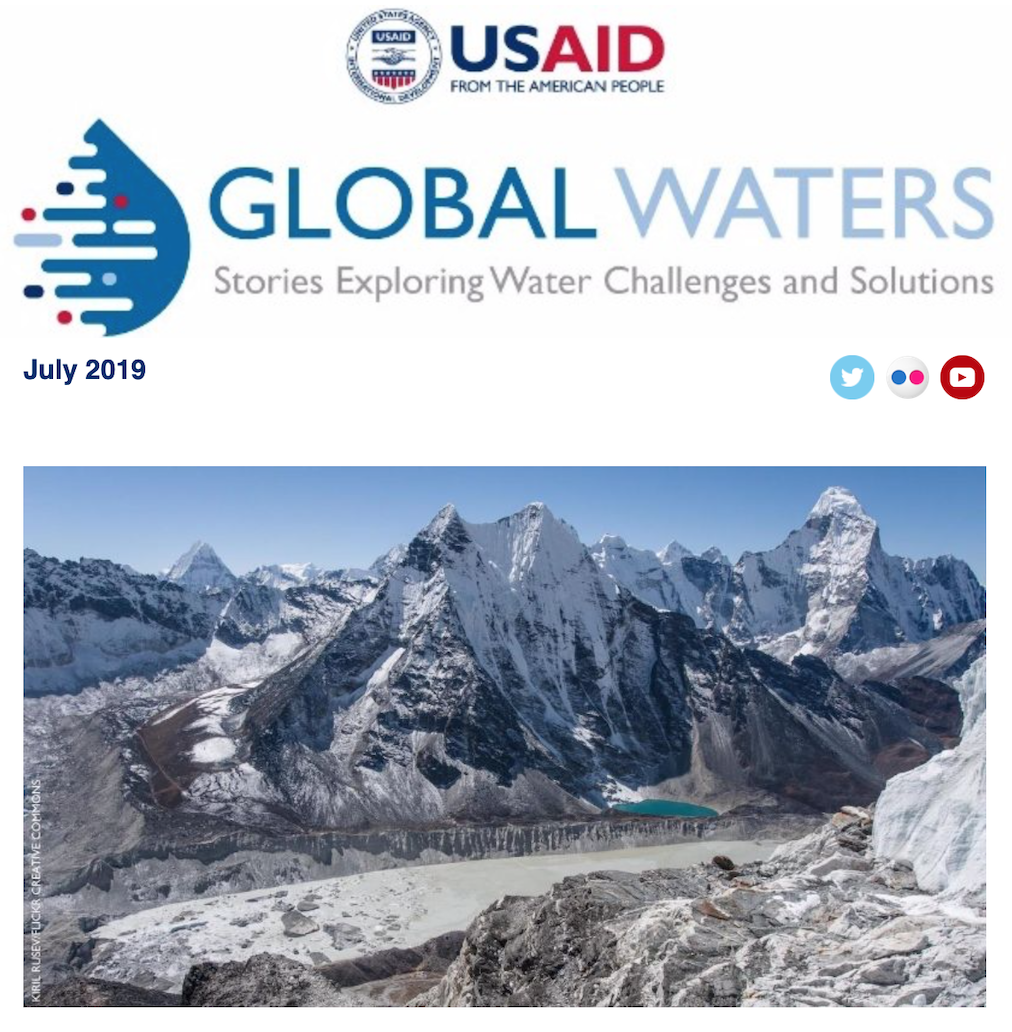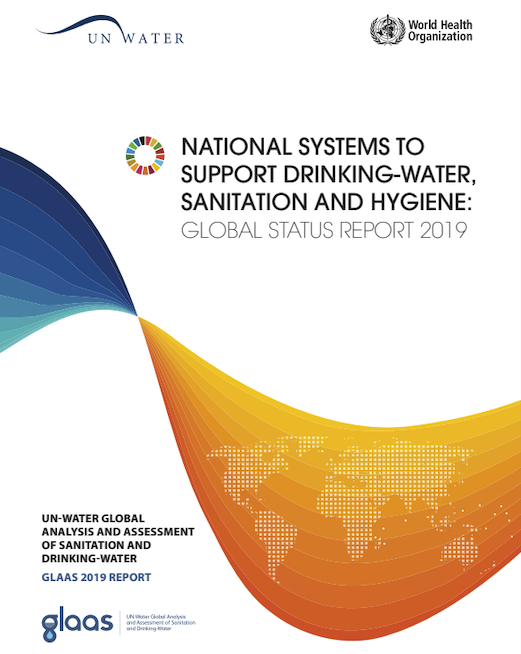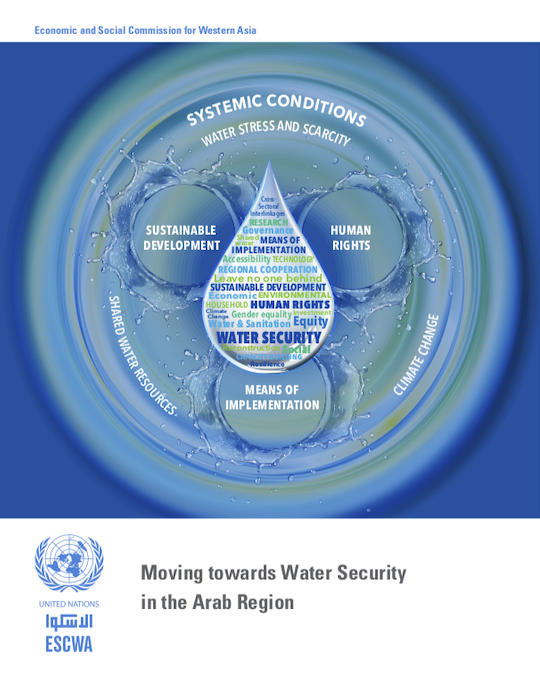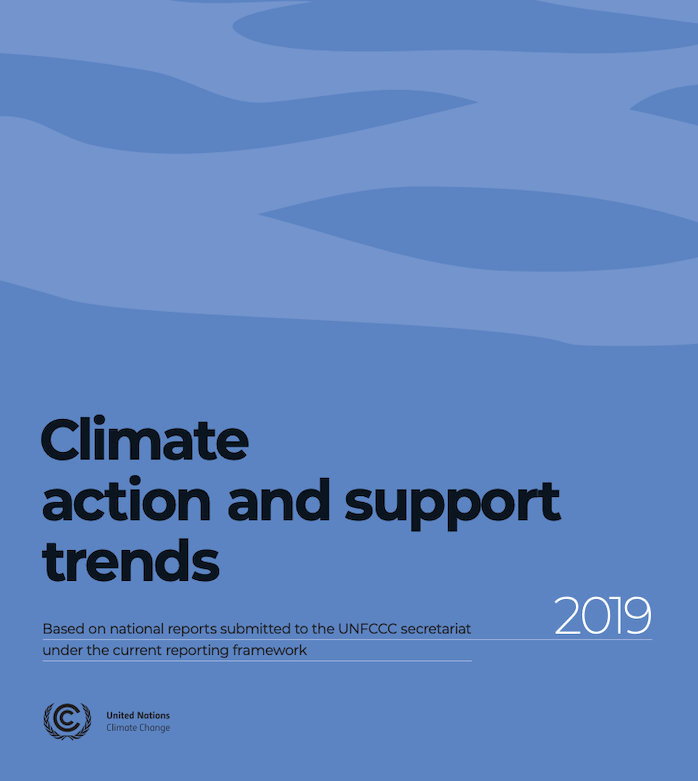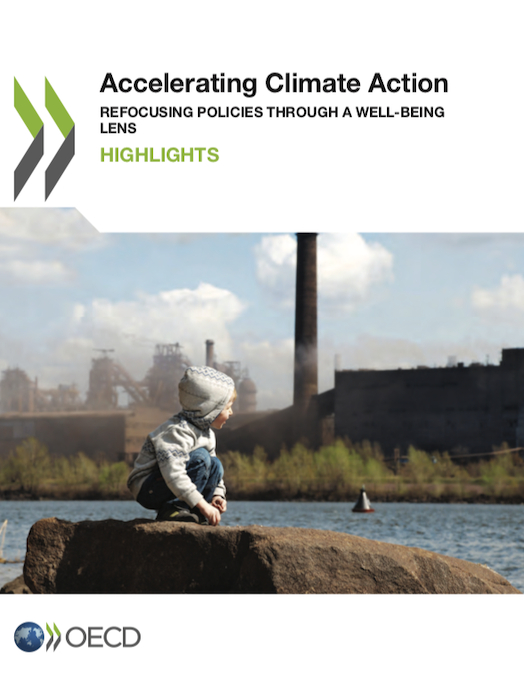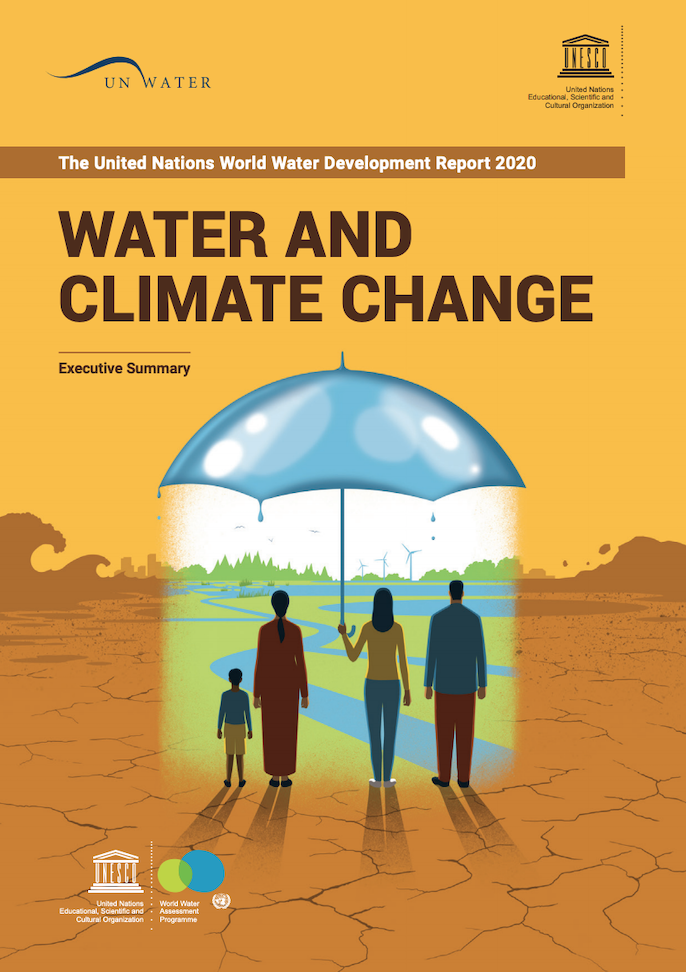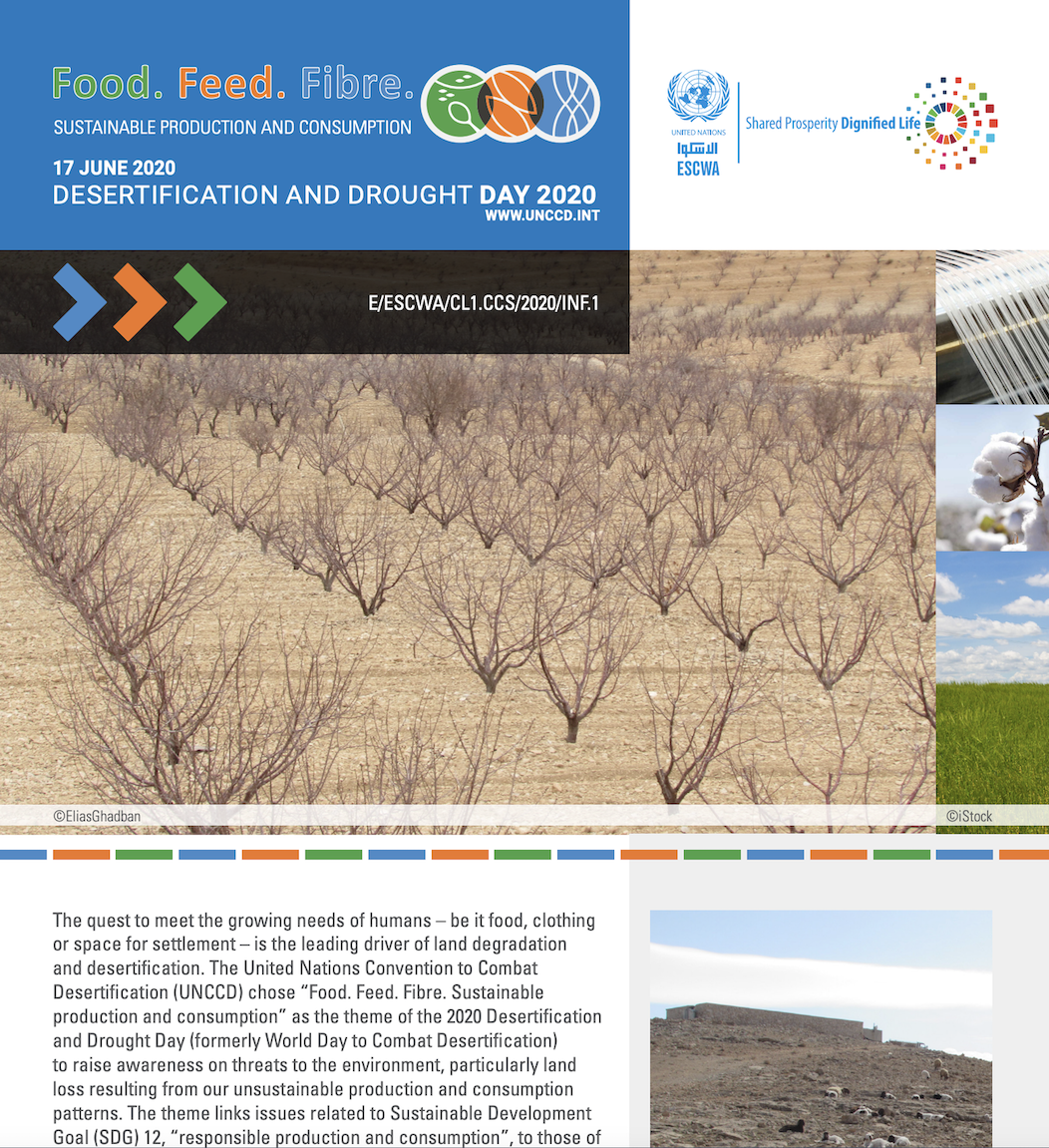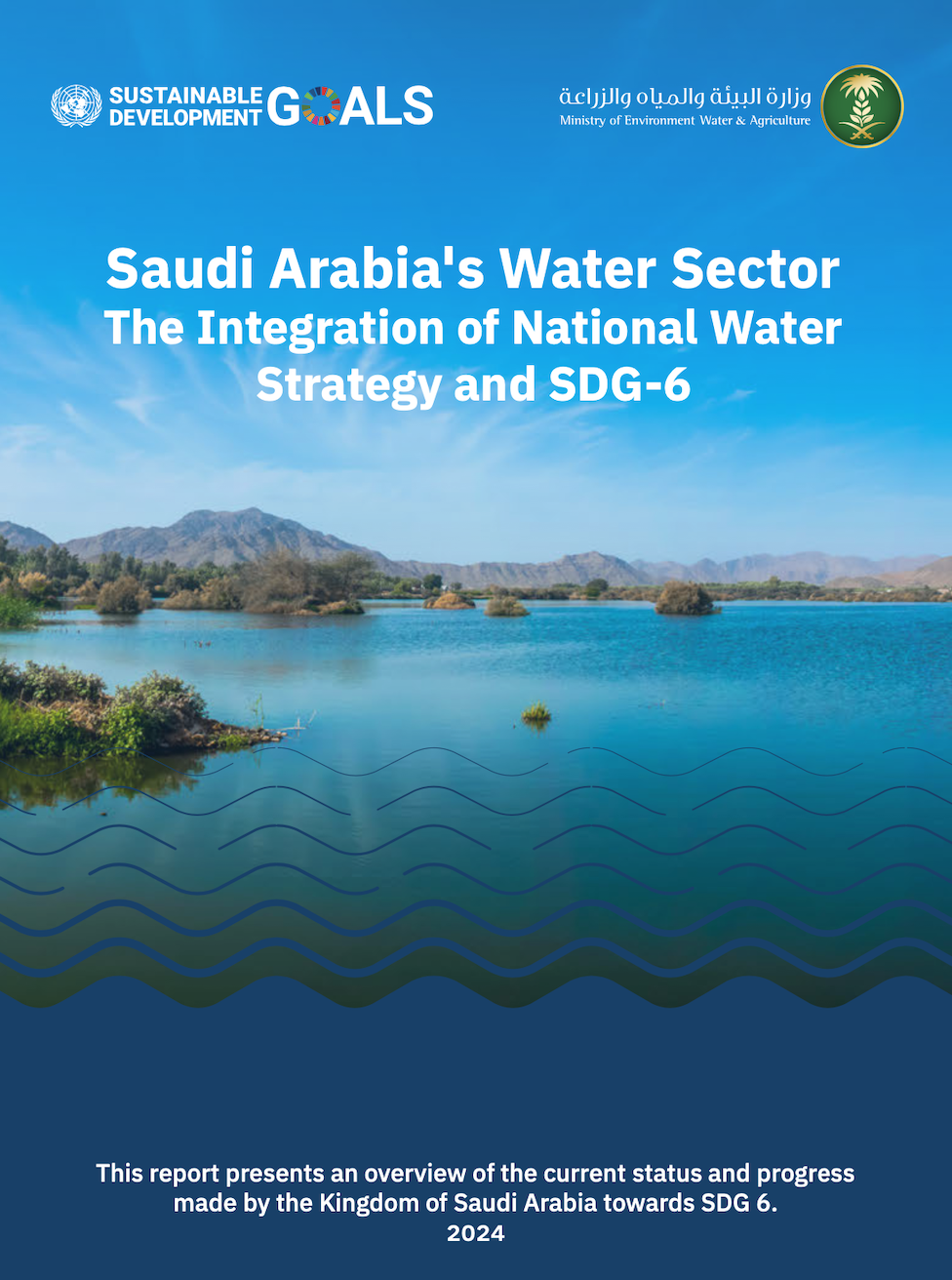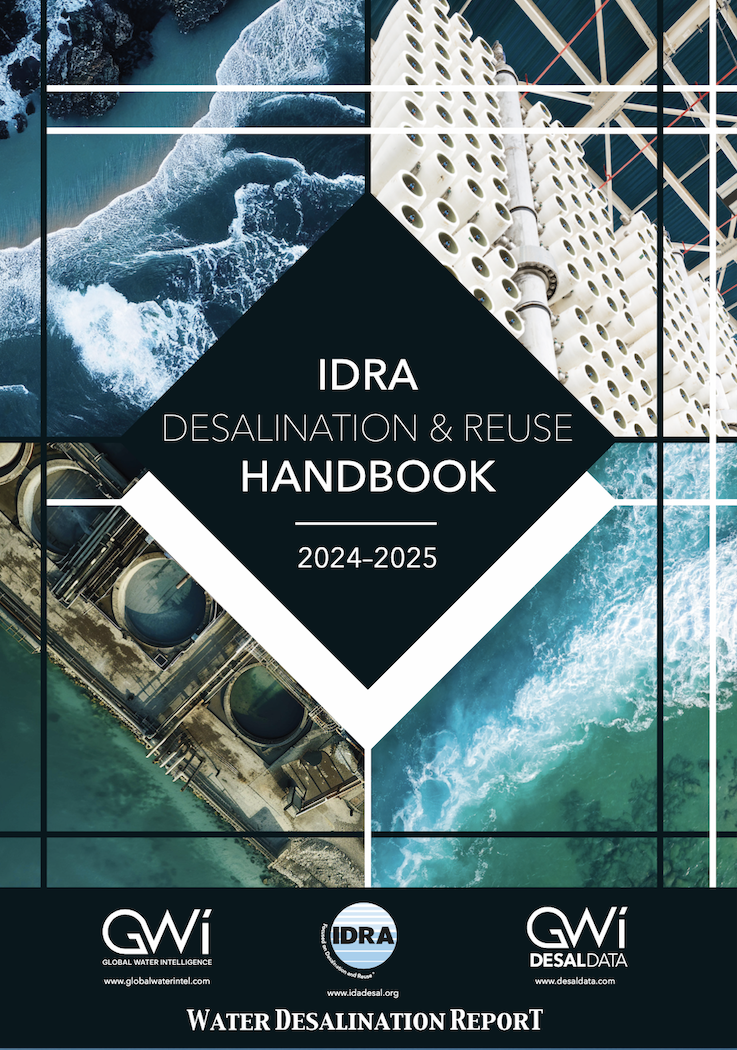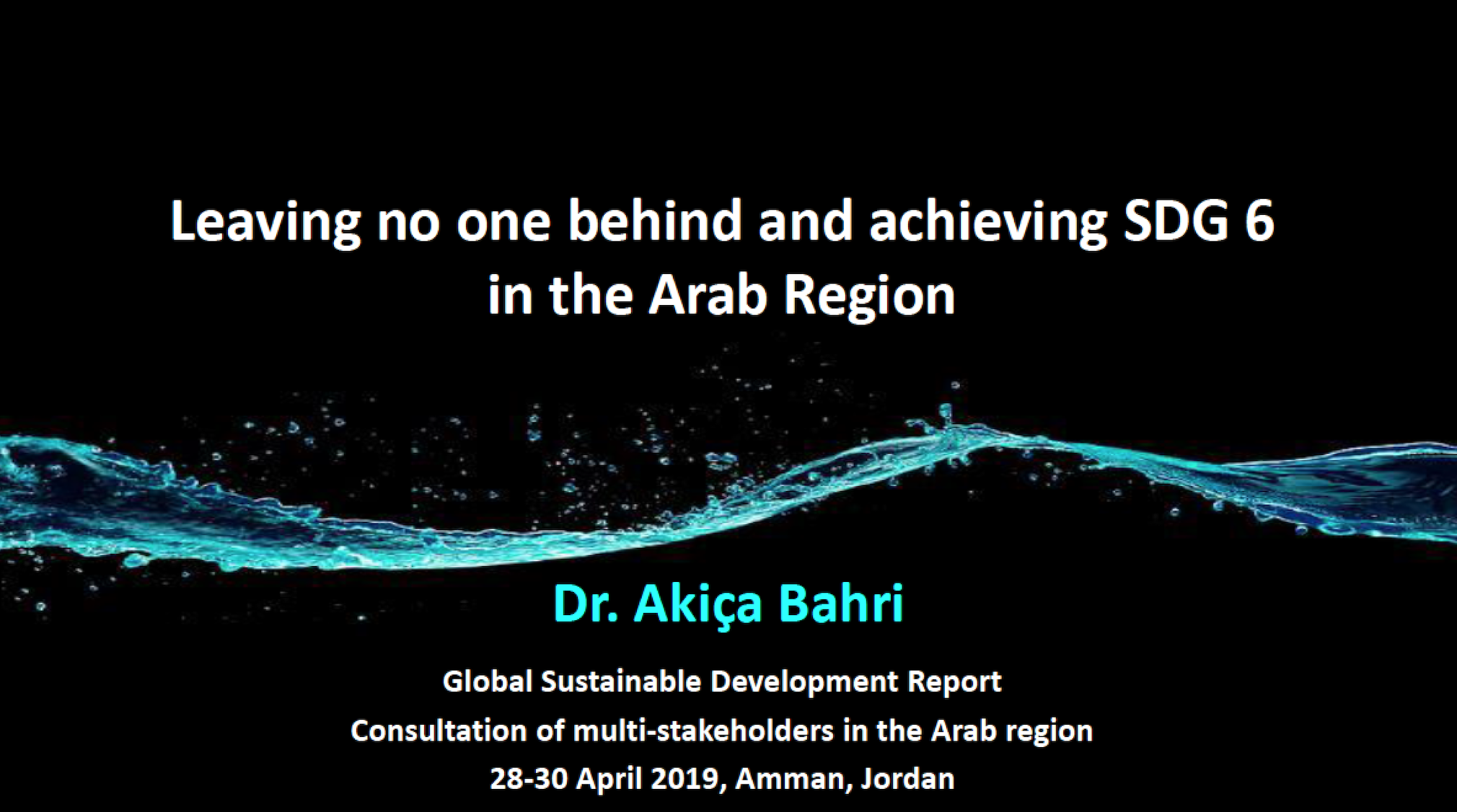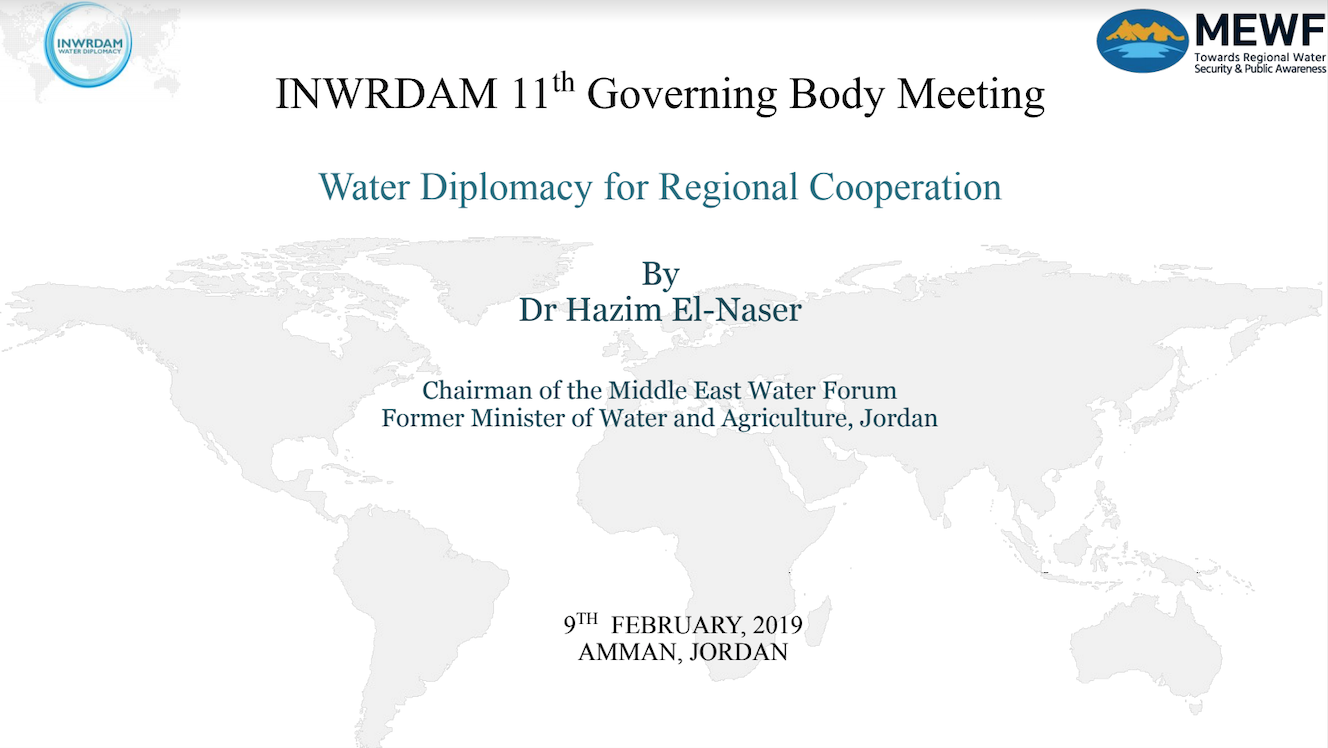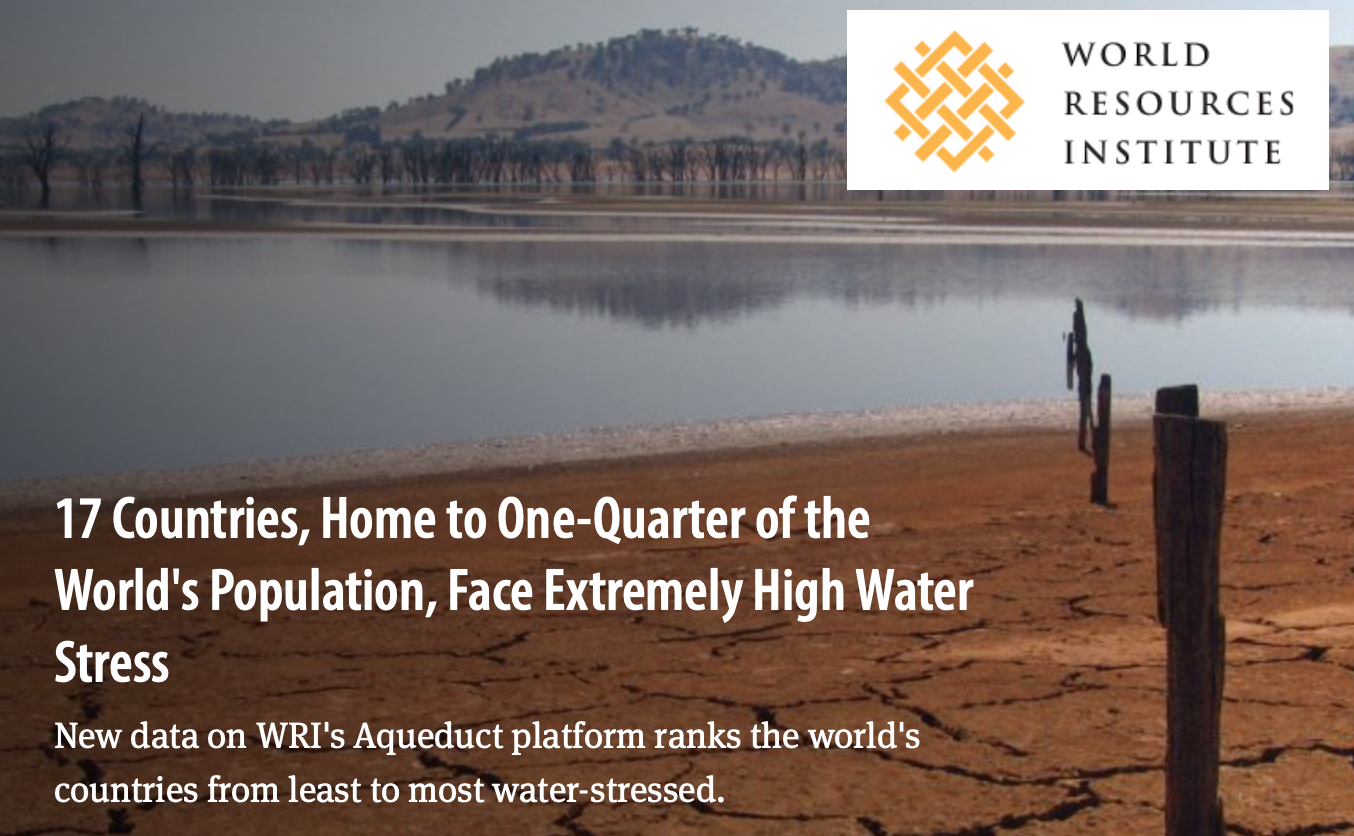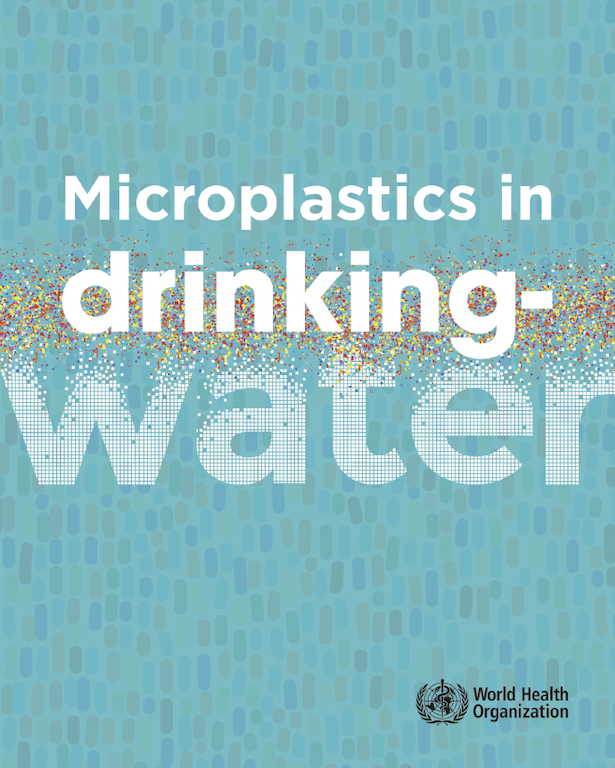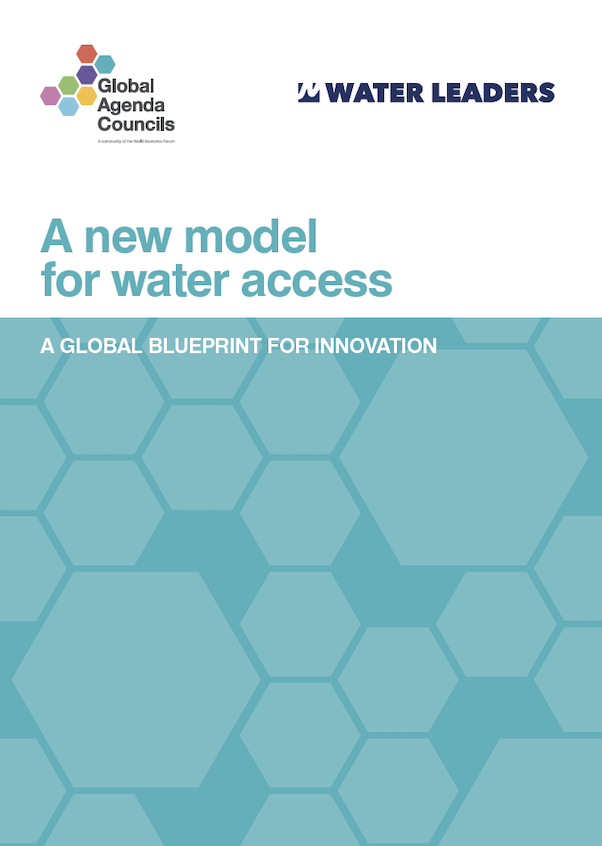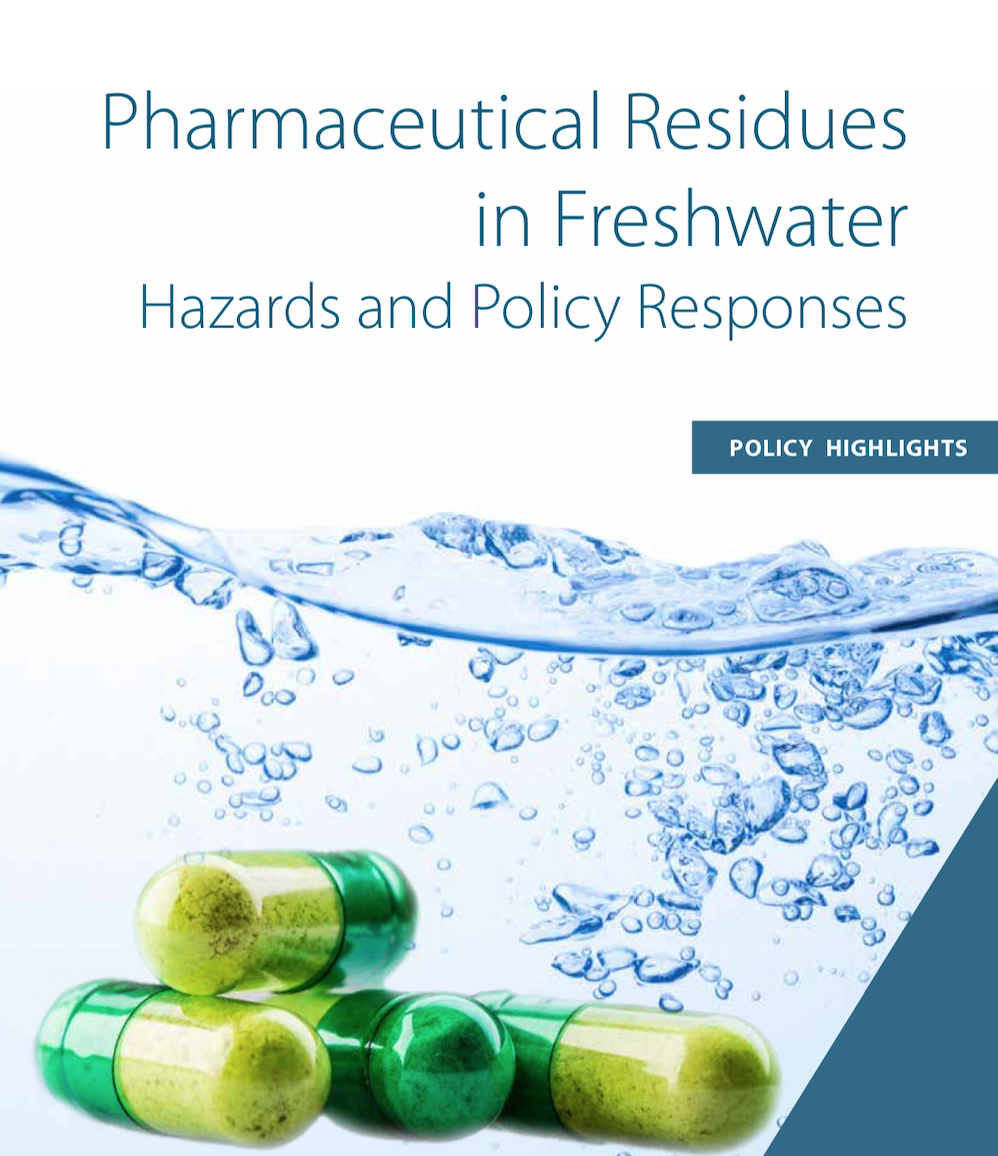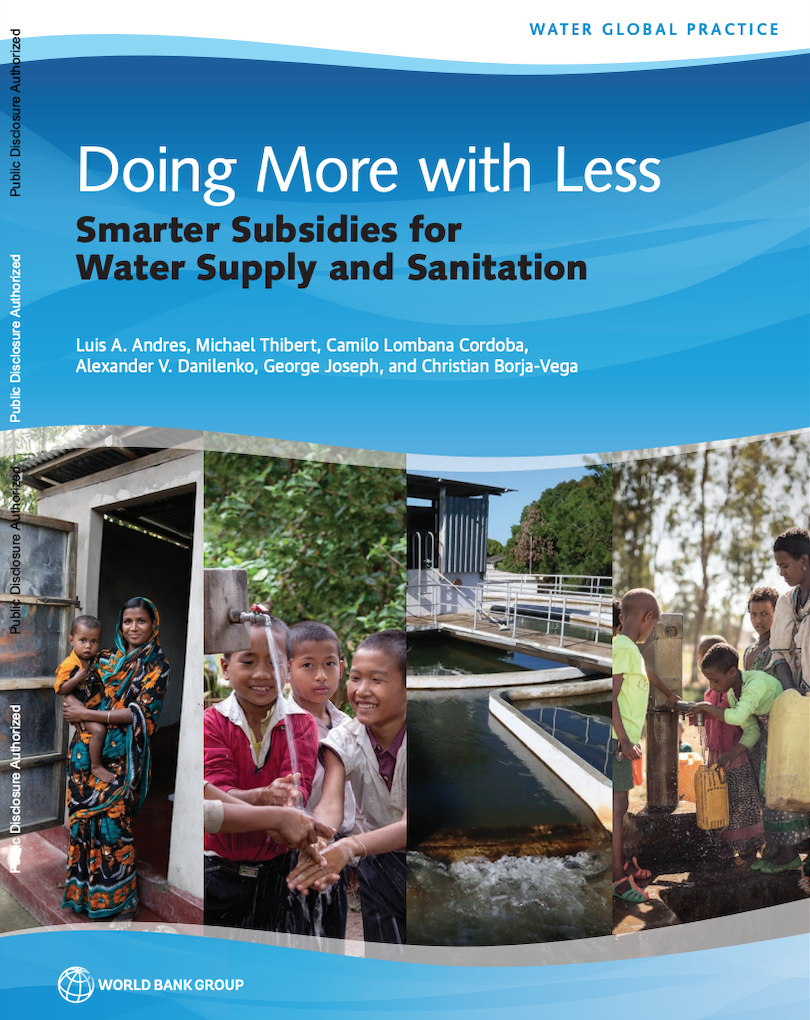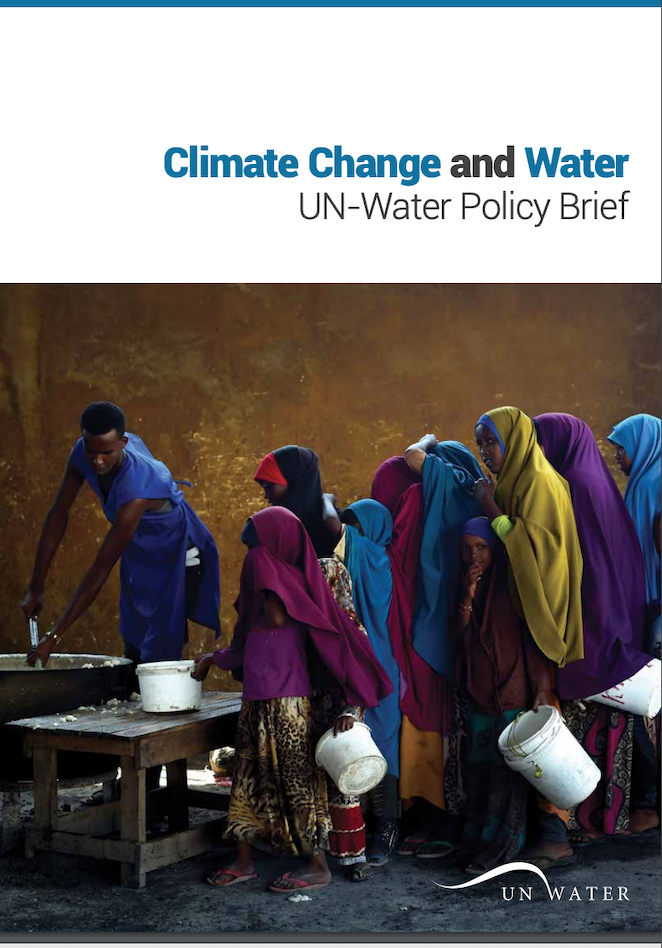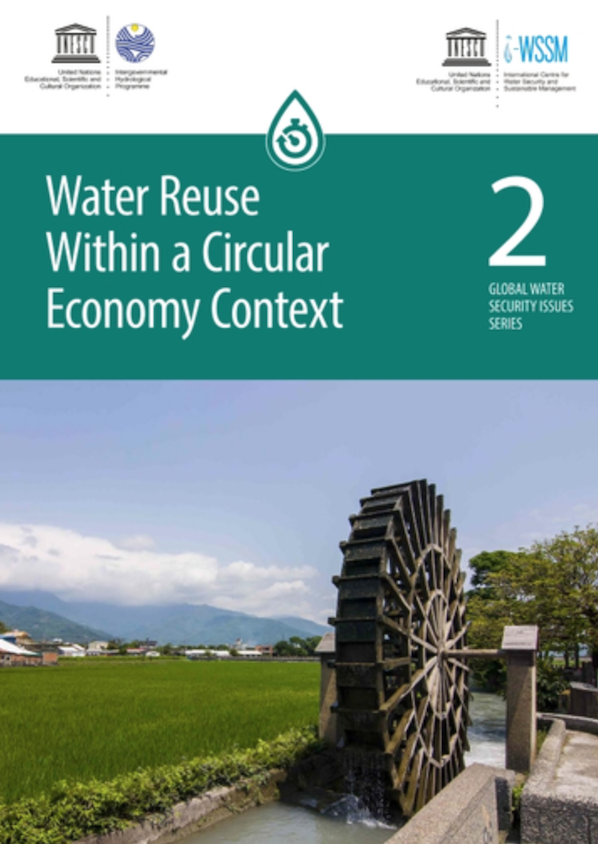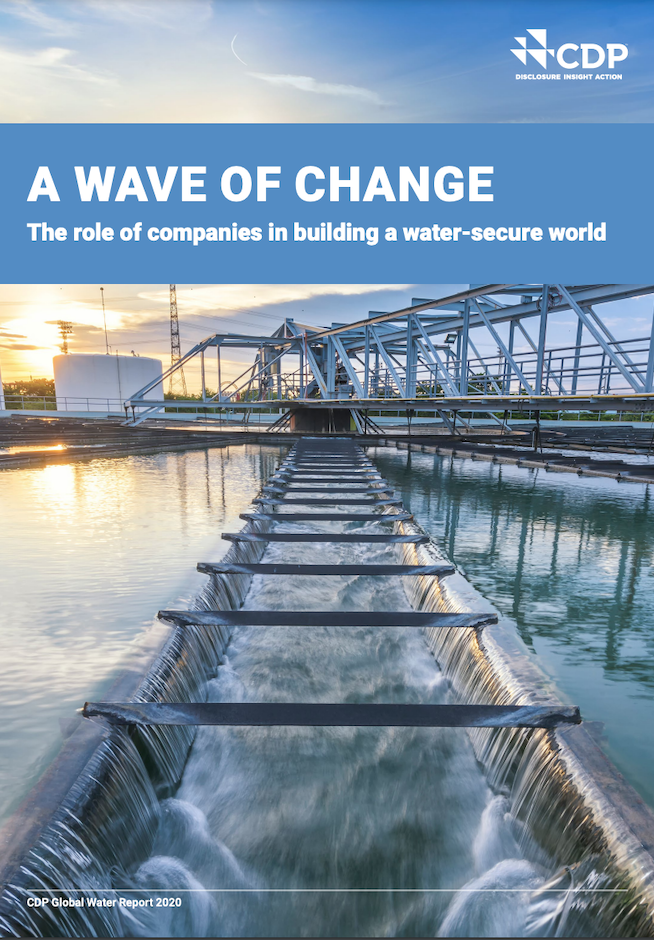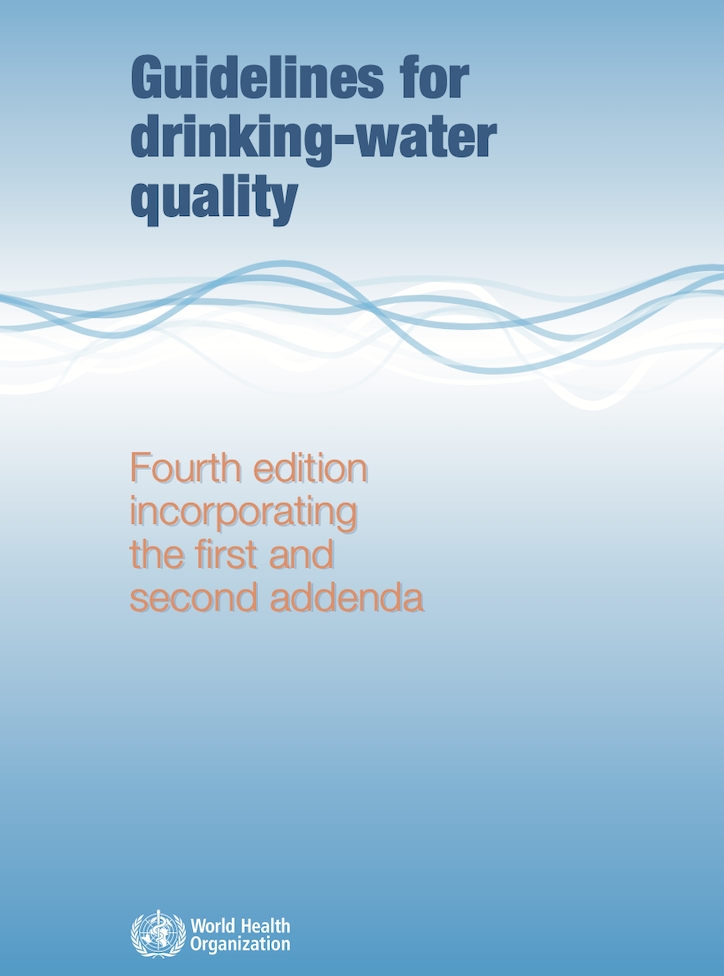Water is the working fluid of power generation, used for everything from system cooling to pollutant management. GWI asked EDF and Duke Energy how they keep up with the industry’s dynamic treatment challenges.
According to BP’s Energy Outlook 2018, global energy demand increased by 2.1% in 2017, more than double the 2016 rate, with demand projected to grow by more than 30% by 2040. Water is essential at almost every stage of electricity generation. It is used to transfer energy from fuel source to generator, cool the resulting steam, and prevent pollutants from being discharged into the atmosphere.
No matter the fuel – fossil, nuclear, or solar – thermal power plants seem set to remain the globe’s prime electricity source for some time, with BP predicting fossil fuel demand to peak in 2023. These plants require a reliable stream of treated process water to operate optimally, and effective post-use treatment systems to ensure wastewater conforms to regulations aimed at limiting generation system and environmental damage.
Around two thirds of the world’s 768 km3 industrial water withdrawal is used for energy and power generation, with around half of that destined for cooling. The remaining industrial waste streams can carry significant levels of contaminants, requiring substantial treatment prior to discharge. There are strong variations in how process water and wastewater are treated, largely determined by two key factors: the stream’s intended use, and the regional regulations defining the characteristics of streams for that use.
GWI spoke to two of the largest power generation companies in the world, EDF and Duke Energy, about their water treatment systems and the challenges they face in an atmosphere of increasing environmental awareness and ever-changing regulation.
 eng-zain-al-majed
eng-zain-al-majed

